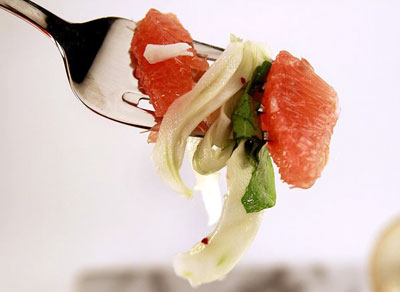 The cook's year can be divided in two: tomato and not-tomato. But sometimes, even the best-intentioned, most locavore-crazy among us so crave a sweet, tart bite in our salads that we break down and grab one of those cottony out-of-season tennis balls. You've done it too. Don't try to deny it.
The cook's year can be divided in two: tomato and not-tomato. But sometimes, even the best-intentioned, most locavore-crazy among us so crave a sweet, tart bite in our salads that we break down and grab one of those cottony out-of-season tennis balls. You've done it too. Don't try to deny it.
In some cases, though, there's an easy alternative. Because happily for us, beneficent nature has ensured that the not-tomato months pair up perfectly with the drowning-in-citrus ones. And in a lot of dishes, a little bit of citrus will give you just what you were hankering for — certainly a lot better than an out-of-season tomato.
This is not a universal solution by any means. I'm trying to picture laying a slice of grapefruit on top of my hamburger. But it does work out often enough that it's worth exploring.
The first time I tried it was more or less by accident. It was dinner time, and I had some lettuce and some cheese. And not much else. But wait, my neighbors Don and Carol had dropped off a sack of tangerines from their tree — perfectly balanced between tart and sweet. What if I put some of those in the salad along with some hazelnuts?

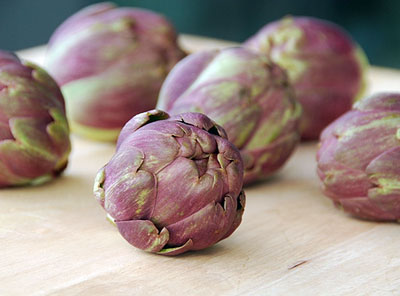 I've always been a big Globe artichoke kind of girl. That was until a couple of years ago when I tried baby artichokes. Now, I have learned to divide my love between them both.
I've always been a big Globe artichoke kind of girl. That was until a couple of years ago when I tried baby artichokes. Now, I have learned to divide my love between them both.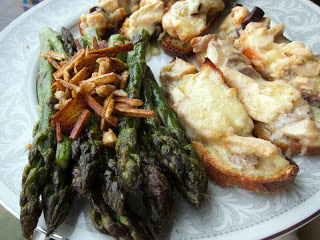 Burgers, hot dogs, potato salad, cole slaw and fresh fruit salads are Memorial Day classics. I look forward to those favorites but to keep them interesting, it's good to add something new and a little unexpected.
Burgers, hot dogs, potato salad, cole slaw and fresh fruit salads are Memorial Day classics. I look forward to those favorites but to keep them interesting, it's good to add something new and a little unexpected.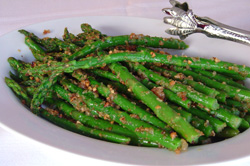 I get excited when I see fresh asparagus standing tall in the produce department at the grocery store. It tells me spring is almost here. Although fresh-from-the-garden asparagus probably won't be available around here until sometime in June, I know that when spring hits the produce department it won't be long before we actually feel that season in northern Minnesota. Now, that's something to celebrate.
I get excited when I see fresh asparagus standing tall in the produce department at the grocery store. It tells me spring is almost here. Although fresh-from-the-garden asparagus probably won't be available around here until sometime in June, I know that when spring hits the produce department it won't be long before we actually feel that season in northern Minnesota. Now, that's something to celebrate.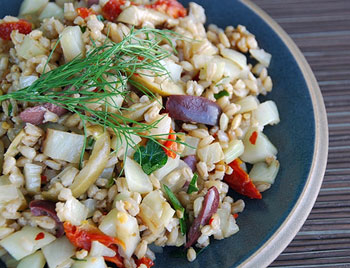 Cashier: Picking up the two fennel bulbs I was buying and examining them. "Do you cook with fennel a lot?"
Cashier: Picking up the two fennel bulbs I was buying and examining them. "Do you cook with fennel a lot?"